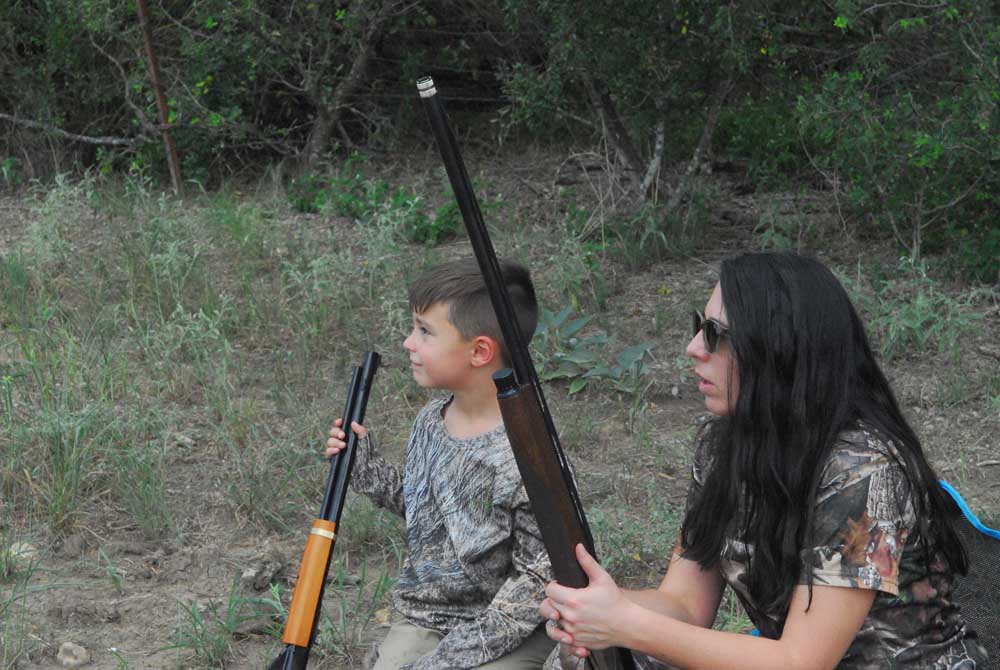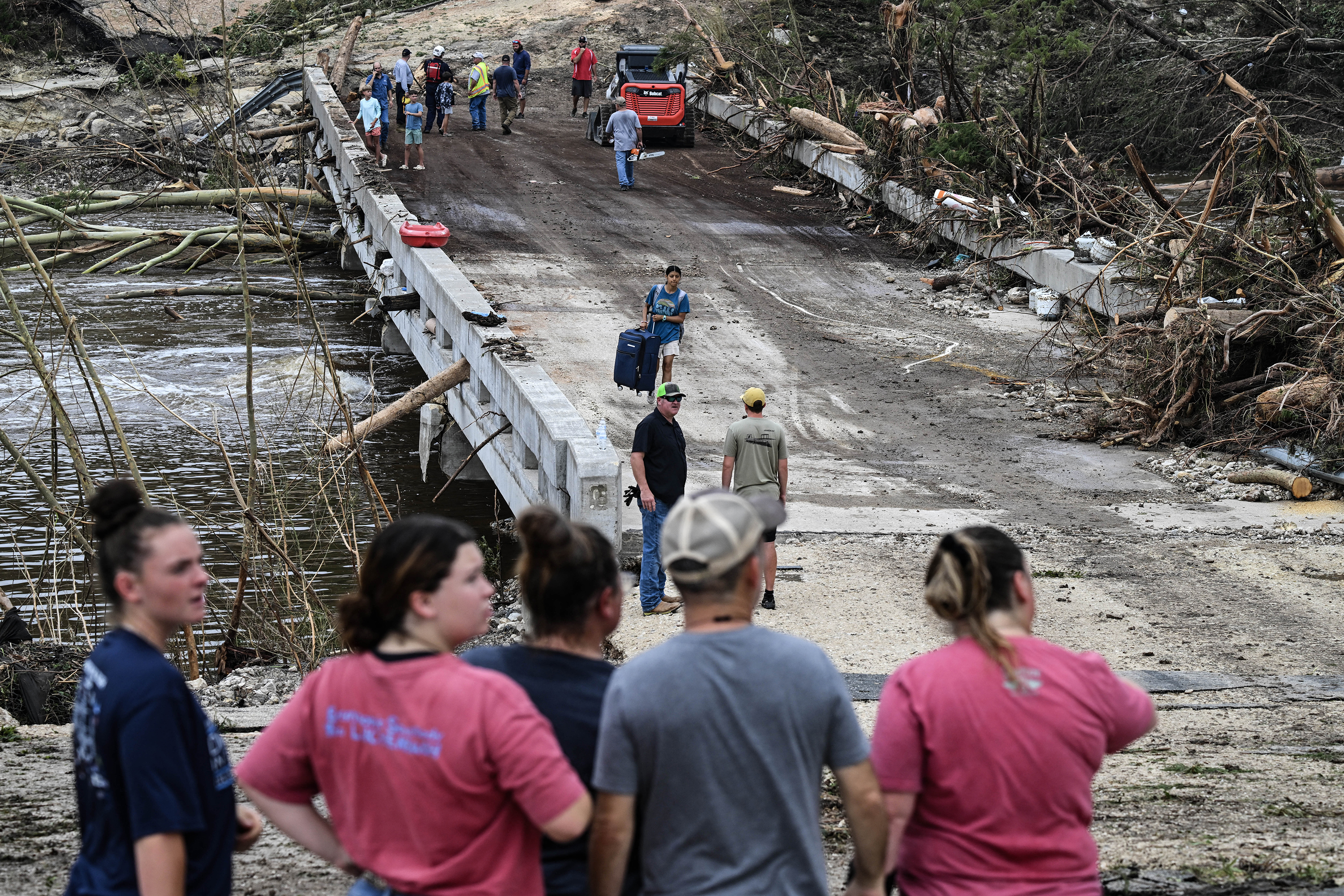Odd Times: Disappearing Birds Means Slow Start For North Texas Dove Hunters
Published 6:00 am Wednesday, September 8, 2021

- Texas dove hunters opened the 2021-22 hunting season last Wednesday. While there were good reports from South Texas, hunters in the northern two-thirds of the state struggled after birds disappeared.
COLEMAN — And that is why they call it hunting.
After years where hunters were limiting out on dove in 45 minutes or less something was bound to go wrong sooner or later. A miserably dry summer resulting in no food or water for the bird, a raining opening day, something.
No one could have predicted this. Ranch ponds are overflowing, wheat and sunflowers are everywhere. But there are not birds. There were, but beginning in early August they started to disappear.
Not just in Coleman, but everywhere in the northern portion of the state. Wichita Falls, no birds. Ballinger, no birds. Winters, no birds. Lubbock, no birds. No birds no where.
Opening morning reflected that. One outfitter in the Haskell area put out 250 hunters. Twelve had limits. Twelve others came close. The remainder had a nice morning.
Another outfitter reported a five-bird per man average. Some even less.
Slow years are not uncommon, but not like this. And usually there are at least enough around for opening day and few days after that.
With the exception of South Texas there were some questions going into the season after February’s record cold. In Coleman, not only did the temperatures dip to sub-zero, they stayed below freezing for a week and the ground was covered with dead birds.
During trapping surveys Texas Parks and Wildlife Department reported average to slightly below average numbers, but the strange thing was that many of the birds were missing part of their beaks or toes because of frostbite.
But it wasn’t a total wipeout, and mild spring and summer conditions throughout that portion of the state were perfect for multiple nestings.
I talked to one former Texas Parks and Wildlife Department biologist who worked the area in the 1990s and he remembers a similar year to this. Like everyone else he had no scientific explanation. Only speculation and his theory parallels what a lot of the guides and others speculate. It was the perfect storm that started with February’s freeze and lead to a later-than-usual green up in the area. Then came rain, a lot of it for a region that normally gets about 20 inches of precipitation a year.
“We are shredding sunflowers that are still yellow,” said Alan Hutchins of Rock House Ridge Outfitters. “And the farmers are just now getting into the fields to harvest wheat and start plowing their fields for wheat because it has been so wet. We are two weeks behind normal.”
That has resulted in a shortage of available feed for the birds accustomed to coming out of town to feed as well as the country birds.
On top of that some parts of the country received five inches or more of rain in just hours the last week of August. Dove do not like rain, but usually it takes a cold rain to start them migrating south, but many believe that with the lack of food sources the late heavy rains triggered a mass migration.
A secondary situation is that the heavy rains throughout the summer could have impacted nesting. Dove are notoriously for building week nests that are easily destroyed in strong storms, so while overall conditions appeared good for nesting many attempts could have been lost.
“I would lease a field two hours away if I thought there were birds on it, but there aren’t any,” said Rock House Ridge’s Dusty Greaves. Greaves, ranches in the region and has been in the dove outfitting business said he has never seen a year like this.
Roy Wilson, an outfitter in the area now with Guitar Outdoors, said this was first for him in 30 years in the business. Wilson said he had looked at leasing a field that had been holding thousands of whitewings earlier in August, but was glad he did not when the field was bare the weekend before the season.
Hutchins looked at a field with an estimated thousand dove in it a week before the season. The night before opening day he counted five birds.
However, despite the early season gloom everyone remains bullish on the remainder. While it is unknown if the birds that vacated early will repopulate before cold weather arrives, numbers are slowly building each day as more fields are shredded, plowed or planted. There are also reports to the north of some new birds having moved into the state.
Looking at the later migration numbers are reportedly not that great across parts of Oklahoma, South Dakota and North Dakota this summer, but Kansas reportedly had an above-average hatch. That is where the bulk of Texas’ late seasons birds come from.
With the way the last couple of years have gone, a flip-flop to a better late season than early might be unusual, but appropriate.
For information on hunting with Rock House Ridge, contact Hutchins at 254-485-1926.






